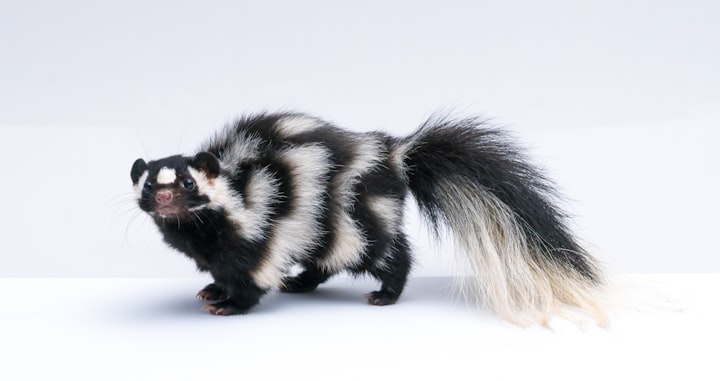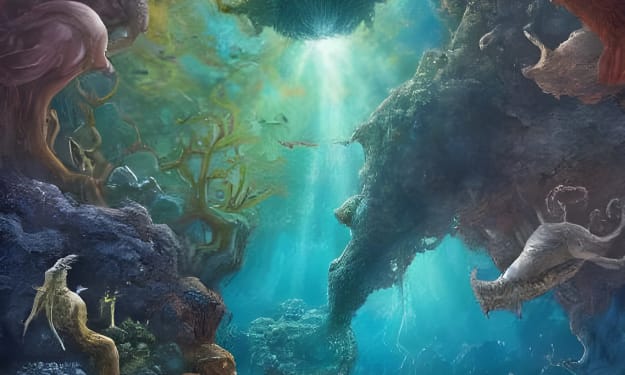The Fascinating World of Animal Coloration: How They Use It to Survive and Thrive
How Countershading Helps Animals Blend In

We know there are many different animals on this planet, but have you ever considered what they all have in common? Well, I'll tell you what - they've all lived on Earth at some point. Yawn. But wait, something much more interesting connects these creatures - their coloration!
Abbott Thayer was this extraordinary Portrait Painter extraordinaire who was also into nature's colors. He had some fantastic ideas about how animals can use their coloring to hide from predators or prey, and these ideas are still relevant today. One of his most astounding theories is called "countershading." Animals are painted so that the darkest parts get the most light from the sky. It's like; they are wearing the perfect outfit to blend in with their surroundings! And get this—ships even use this technique to avoid being detected! Abbott and his friend even got a patent for it!
But that's not all. Thayer also came up with the idea of "background blending," which is when an animal or object is painted to match the colors of its surroundings. But Abbott didn't stop there. He also proposed a theory on something called disruptive or Dazzle camouflage. This is when an object is painted with a crazy pattern, making it harder to judge its distance or speed. It's like trying to hit a pinata that's moving all over the place, and you can't get your timing right.
It's not just aquatic animals that use countershading to their advantage. Land animals like deer and rabbits have lighter bellies and darker backs to help them blend in with the dappled light of the forest floor. And remember the birds! Many birds have countershading on their feathers, which allows them blend in with the sky when seen from below and the ground when seen from above.
In addition to providing camouflage, countershading also has other benefits for animals. For example, it can help regulate body temperature by reducing the heat absorbed by darker areas exposed to the sun. It can also enhance an animal's visual appearance, making it more attractive to potential mates or signaling its status to rivals.
Some creatures out there have a way of warning others that they're not to be messed with. Yeah, it's called aposematism, a fancy word for using bright colors or markings to let predators know that they're toxic or just downright sickening. Take the skunk, for example. That broad white stripe on its back is like a neon sign that says, "Don't get too close, or else you'll regret it!" And those yellow-banded poison dart frogs - they're walking billboards for their poison with their bright and graphic colors, letting everyone know that they're not to be messed with. Even wasps use the power of bright colors to signal to potential threats that they're packing a sting! And you know those cute little ladybugs? Well, the brighter they are, the more toxic they can be. Who knew that something so adorable could be so deadly?
It turns out that white, yellow, red, and black are the most effective warning colors in the animal kingdom. Like, traffic signs caution drivers, these bright markings are nature's way of saying, "Watch out, buddy!"
You may wonder how some animals evolved to use bright colors while others didn't. It's a question that's been baffling scientists for a long time, but thanks to a team of researchers at the University of Arizona, we're getting closer to understanding this colorful mystery. The function of an animal's vibrant coloring is strongly linked to the activity patterns of its evolutionary ancestors. So, species that use their bright colors to attract mates are usually descended from ancestors that were active during the day. Meanwhile, those that use their colors to ward off predators usually had ancestors that were active at night. It seems that animals have evolved to use their colors in the most advantageous way.





Comments
Kenya Lassiter is not accepting comments at the moment
Want to show your support? Become a pledged subscriber or send them a one-off tip.